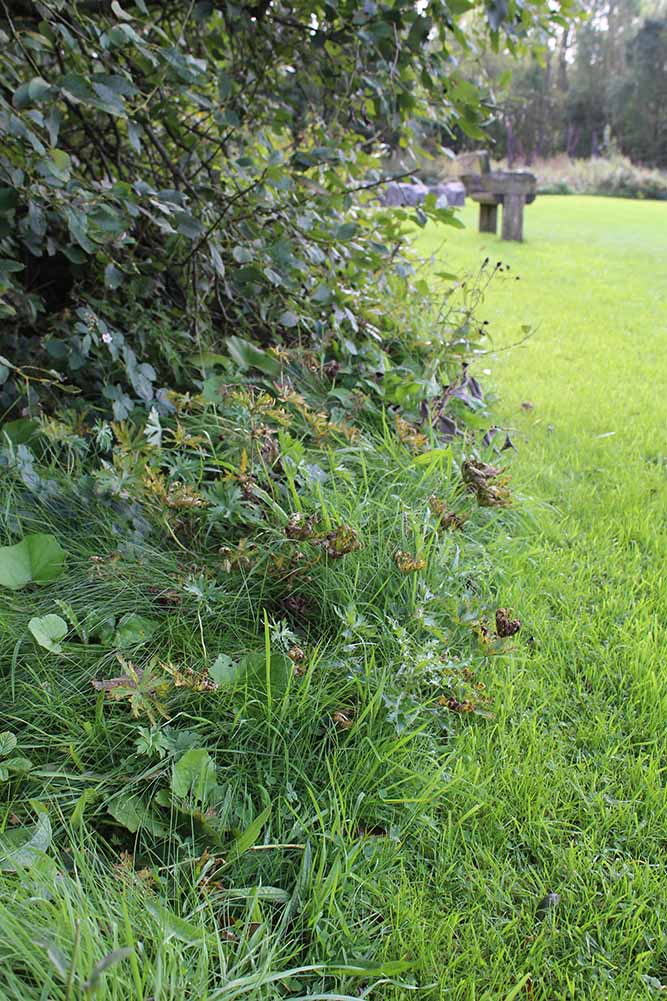Using our fantastic woodland area, children will become explorers, set to discover what life on Earth has to offer. Equipped with magnifying glasses and insect identification sheets, children will be able to explore, discover, identify, record and talk about the magnificent minibeasts they find. With the help of our Educators, children will also begin to understand differences between bugs, why they are shaped or coloured the way they are, and why they choose to live where they do.
Minibeasts
EYFS, Key Stage 1
Objectives
- Use equipment accordingly to observe simple characteristics of minibeasts and other living things.
- Communicate and share ideas, thoughts, observations and conclusions with peers and adults.
- Learn to treat living creatures with care and sensitivity.
Session length: 45-60 min.
Cost: £2 per child
National Curriculum Links
EYFS Early Learning Goals
Listening, attention and understanding
- Listen attentively and respond to what they hear with relevant questions, comments and actions
- Make comments about what they have heard and ask questions to clarify their understanding
Speaking
- Offer explanations for why things might happen
- Express their ideas and feelings about their experiences
Managing self
- Be confident to try new activities and show independence, resilience and perseverance in the face of challenge
Physical development: Gross Motor skills
- Negotiate space and obstacles safely, with consideration for themselves and others
Understanding the world: The Natural World
- Explore the natural world around them, making observations and drawing pictures of animals and plants
- Know some similarities and differences between the natural world around them and contrasting environments, drawing on their experiences and what has been read in class
- Understand some important processes and changes in the natural world around them
Key Stage One
Working scientifically
- observing closely, using simple equipment
- identifying and classifying
- using their observations and ideas to suggest answers to questions
Year 2: Living things and their habitats
- identify that most living things live in habitats to which they are suited and describe how different habitats provide for the basic needs of different kinds of animals and plants, and how they depend on each other
- identify and name a variety of plants and animals in their habitats, including microhabitats



